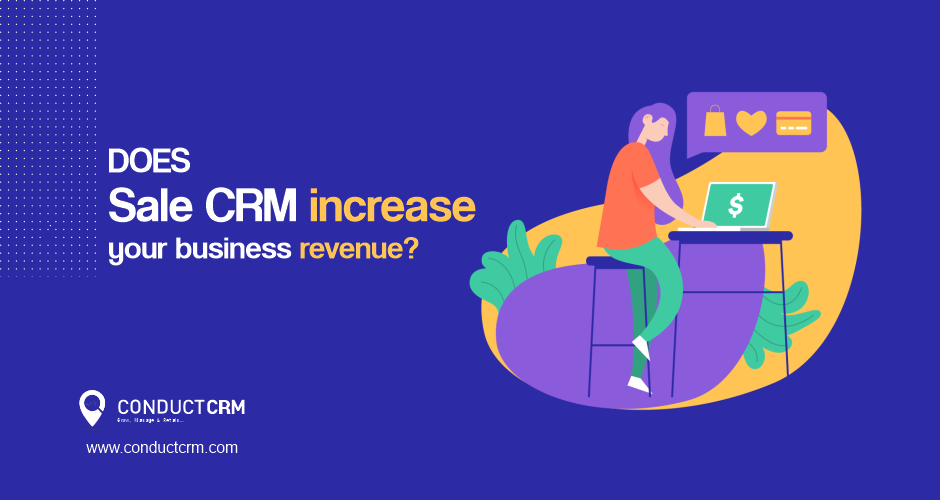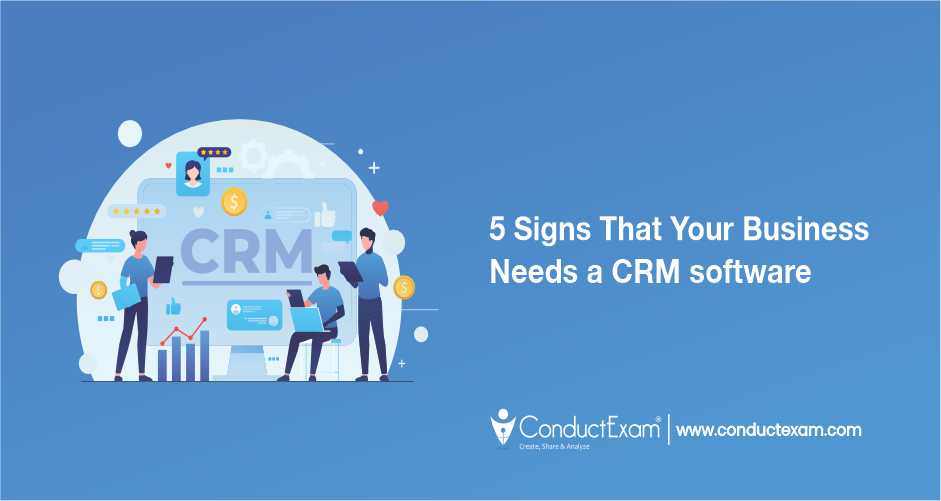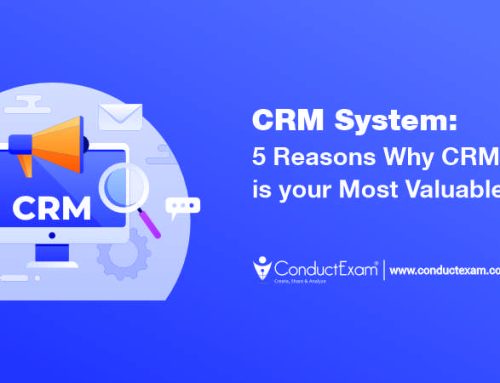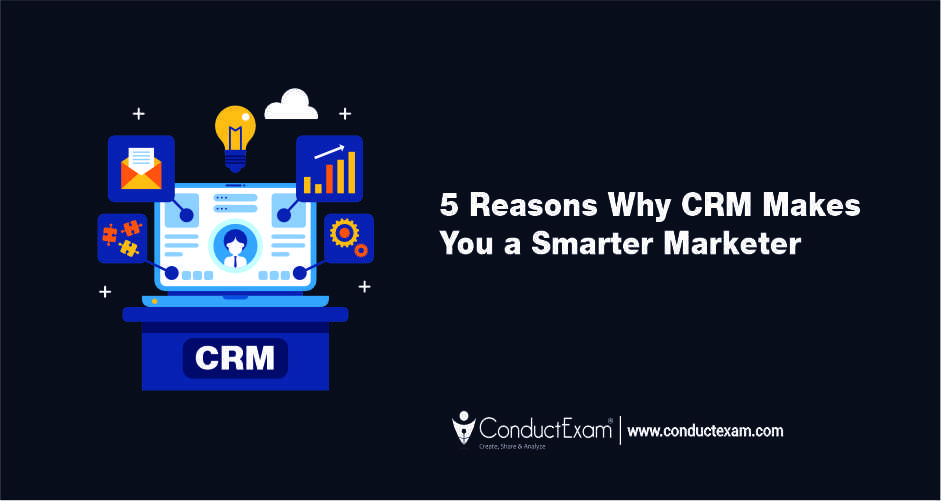Introduction
Whether your business is big or small you need a Sale CRM to increase your revenue for which you have to apply two critical strategies which are.
1- Using the Right CRM that is best suited for your peculiar needs.
2- Figuring out how to scale it in tandem with their business.
It’s proven that it’s easy to make sales to existing or old customers compared to new prospects. Thus, it becomes expedient to focus on your existing client base for better returns, and good CRM is the right tool that can help you to do that.
Also Read: Importance Of CRM In Sales Management
How CRM Software can help you to increase the average order value
Retired customers are won over customers. To retain customers it is necessary to build a brand and prove to other market players that you offer consumers something that no one else can.
Online retail is growing rapidly with each term. Today, consumers want everything delivered at home at the touch of a button. With smartphones becoming the ubiquitous device, the growth of online shopping has been rapid.
E-commerce sites have cut their tasks for them and it’s about who can handle sprints and marathons. Creating a brand that people trust is not an easy task, but once you do, your business will reach new heights. Unfortunately, not every e-commerce company has easily become the preferred brand for mass customers. Here a CRM component can help close the gap.
Startups in the e-commerce industry today need to be brought on a larger platform. A CRM plays directly into its privilege by simplifying tasks. The way forward is to make a suitable use for customer registration and to market different products to certain groups.
CRM structure performs customer mapping automatically, right from the first contact to post-purchase. Each customer interaction is collected as well as mapped throughout. This is what most companies are lacking — a substantial commitment to customers on a regular basis.
Also Read: Store Management Sotware|Why Is It Important For Every Store
How CRM Software can help you increase purchase frequency
1. Upselling and cross-selling
Companies can increase their revenue by increasing the average purchase price of each customer, which can be achieved through upward sales or cross-selling. Upselling, the practice of offering a customer an item with a high cost or supplement, such as a guarantee, is synonymous with wasted money for many consumers. With CRM, this should be the case.
An effective CRM system can help employees sell and cross-sell by generating related and recommended products and services based on customers’ past purchase history and other relevant data.
Using CRM-based data analysis, companies should start looking at low-value sales and cross-selling as a selling point and more than ways to increase customer satisfaction. You can essentially provide individual recommendations that meet the actual need by identifying the needs of the customer before considering it. This, in addition to increasing revenue, can create an opportunity to build a deeper relationship and build loyalty.
2. Regular and meaningful communication
Most companies agree that selling to repeat customers is easier and less expensive than winning a new business, but communication is needed to improve customer relationships. In fact, regular correspondence with customers may lead to increased frequency and improved customer retention. This is especially true if communications are personal, relevant, and meaningful.
Without CRM, it is easy for a customer to get lost or forgotten, but CRM companies can collect and analyze customer details to help and to provide tailored marketing communications to each customer. Form service industries to selling big-ticket items, CRM technology can simplify the transfer of customers from one vendor or department to another without starting the process from scratch. Finally, personal communications make a customer feel valued, strengthen loyalty, and increase the likelihood of repeat sales.
3. Increase employee productivity
The main benefits of a CRM solution are that it allows you to integrate multiple processes into a single system. From reducing training time to boosting work efficiency, this can mean greatly increased employee productivity in many departments.
CRM can eliminate time-consuming layoffs when multiple employees are engaged in the same task. These systems can also facilitate communication between departments, reduce wasted phone calls, and create an easy process for customers who are waiting for answers or information.
Increasing employee productivity is especially important for salespeople who historically have spent only a small part of their time working effectively. Prior to CRM, their workdays were taken up by administrative tasks such as data entry, qualified leads, and cost-benefit analysis, leaving very little time for customers. CRM manages or streamlines many of these processes, giving sales representatives more time to spend with customers, building relationships, and ultimately selling products to sell.
4. Targeted Marketing for New Customers
CRM assumes that it only manages existing customers. Customer relationship technology is designed to manage potential sales customers.
Allows companies to filter leads based on their interests and demographics, such as living conditions, CRM facilitates lead-targeted marketing. This allows companies to direct their marketing efforts to the relevant population while increasing their chances of acquiring new customers.
In addition, by integrating mobile and social platforms, companies can reach customers who have not thought about purchasing with them, possibly attracting them to consider new. It’s easier to sell to existing customers than new customers
Your current customers are the best customers because they are likely to spend more on your products; Because they keep your retention rate strong; Because their value throughout life increases with each successive year in which they remain loyal; And because it is likely to send others for your brand. All of these factors help you spend less on customer purchases. So focus more time, money, and energy on maintaining your existing customer base!
Now that you have seen how valuable you’re existing customers are to your business, make sure you prioritize building relationships with your customers, increasing customer satisfaction and loyalty, and a strong referral to facilitate sharing Create the program. Existing customer’s positive experience!
Conclusion
Despite being a powerful tool, the benefits of CRM are endless. It helps you organize and centralize your database, providing valuable support to all your employees. It helps you strengthen your customer relationship and, at the same time, gives you valuable business information that can help accelerate business growth.






Leave A Comment